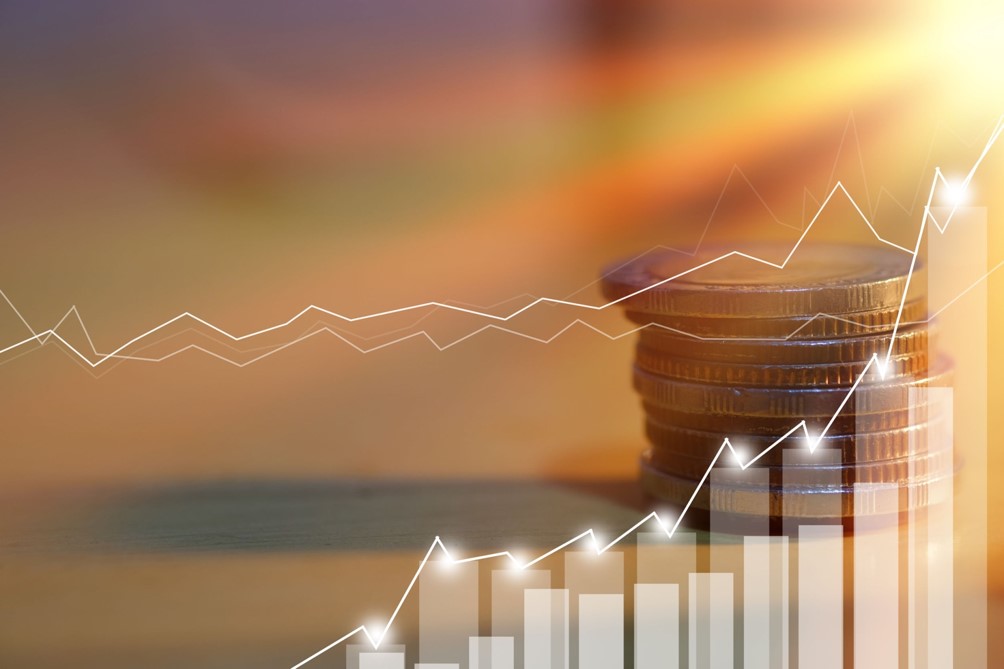Passive or active? Investment strategies for ETFs

If you're a newbie in the world of exchange-traded funds (ETFs), it's possible that you've not yet grappled with one of the key questions involved in this asset class: should you take an active or a passive strategy? Luckily, there's help on hand to guide you in the right direction towards the answer that is right for you. This article will explore this question in further depth.
What is an ETF?
An ETF is essentially a package. It's a way to invest in a number of different items in an asset class in one bundle, rather than investing in them all separately. Usually, these instruments are stocks or sometimes bonds. They will normally be grouped together thematically around a particular market niche or index.
Eagle-eyed investors will notice that ETFs bear some similarities to index funds, which do roughly the same thing. There are some key differences though. An ETF is traded in a different way: they are purchased and sold on the stock market, which gives you lots of flexibility in terms of sale time. It's possible to shift an ETF or acquire another while the trading day is live: for some other funds and instruments, a delay of a day or so is not uncommon.
It's also more common for ETF providers to charge based on a spread. Spreads are calculated by subtracting the sale price from the purchase price (or vice versa) and calculating a specific fraction of that. This then forms the fee that the buyer pays in order to acquire the ETF. It works differently from charging systems in a number of other financial settings: sometimes, for example, brokers charge commissions instead of spread fees.
What do passive and active mean?
In an investment context, passive means that the investor is managing their investment themselves without external or day-to-day input. In the specific context of ETFs, this means that the funds are purchased by individuals without recommendations from fund managers, and the funds themselves are usually not regularly updated, altered or sold – either by the trader or an external manager.
Active investment, on the other hand, refers to the practice of altering the make-up of particular investments on a regular basis – either by the trader themselves or by a fund manager – and implies a regular cycle of buying and selling. Capital Markets Elite Group, for example, offers asset management functions such as this – so it's worth checking out this firm.
The pros and cons
Now that you're clear on the terminology and what you're dealing in, it's a good idea to think more deeply about your strategy. There's no right or wrong answer to the question of whether to invest passively or actively: it depends in large part on what your time framework, budget and overall investment style look like.
Passive investing brings a number of benefits. It can, for example, enable the trader to ‘switch off' from the issue and focus on something else – such as a full-time job – without being out of the market and without having to share their revenue with a fund manager. In theory, at least, any profits can be amassed without the trader having to act, perhaps through potential long-term capital growth. However, it has a downside: if there's no regular attention being paid to the make-up of a fund, the trader may miss an opportunity to sell, switch or optimize their fund.
Active investing, on the other hand, allows the ETF trader to really make the most of fluctuations in the market. This gives them an advantage over passive traders and permits them to profit in the event of a serious market move. However, it's time-consuming: active investment, especially on the daily sale (or ‘intraday') level, requires the trader to spend a lot of time online, and it could even become their full-time job. The trading of ETFs on an active basis needs concentration, technical analysis and commitment, so it's not time-light.
It's possible to outsource this management to a fund manager, but this, in turn, eats into profits – so unless time is in abundance for you, you'll usually need to pay in some way in order to have an actively managed and fully optimized ETF system.
In short, there's no simple answer to this question, and what works for one person may well not work for another. What's important is that as an ETF trader, you take the time to look through the different options on the table and choose the mode of trading that's right for you based on your requirements and how much time you have available. From there, you'll be able to find a broker or other professional who can provide you with either a self-service or managed ETF investment option.
839GYLCCC1992



Leave a Reply